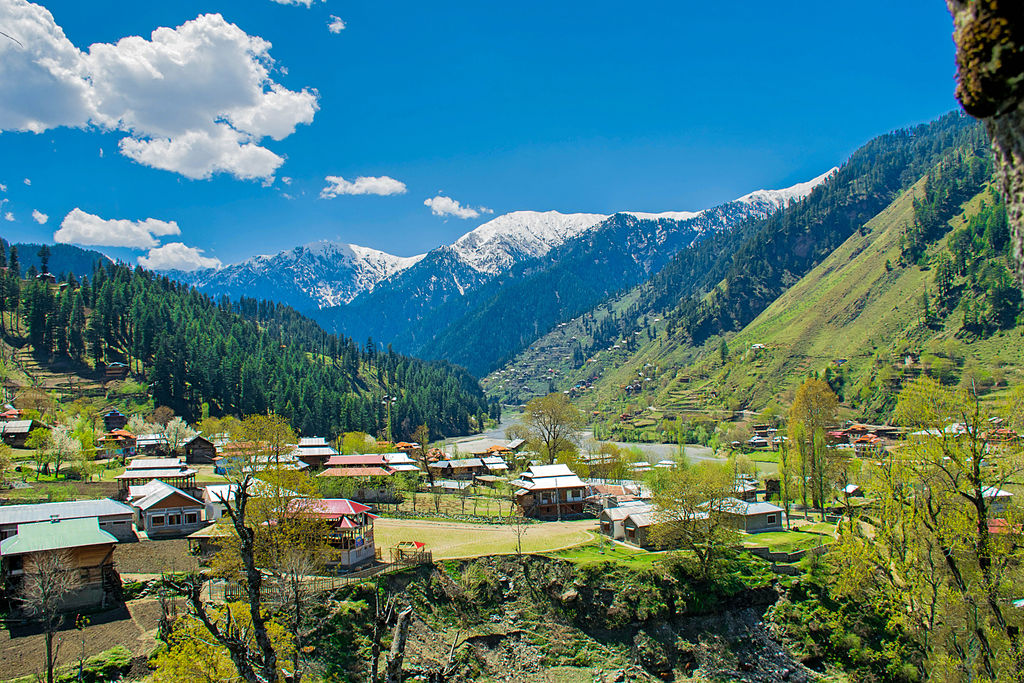
The rich and fascinating culture of Kashmir is famous throughout the globe. The people, arts, crafts, theatre, literature, dances, music and so much more greatly contribute to the height of the Kashmiri Culture. Furthermore, known for its diversity due to the blend of various cultures and religions there. Its rich history is the cherry on top that only adds to the aura of the place.
Kashmiri People and Origin
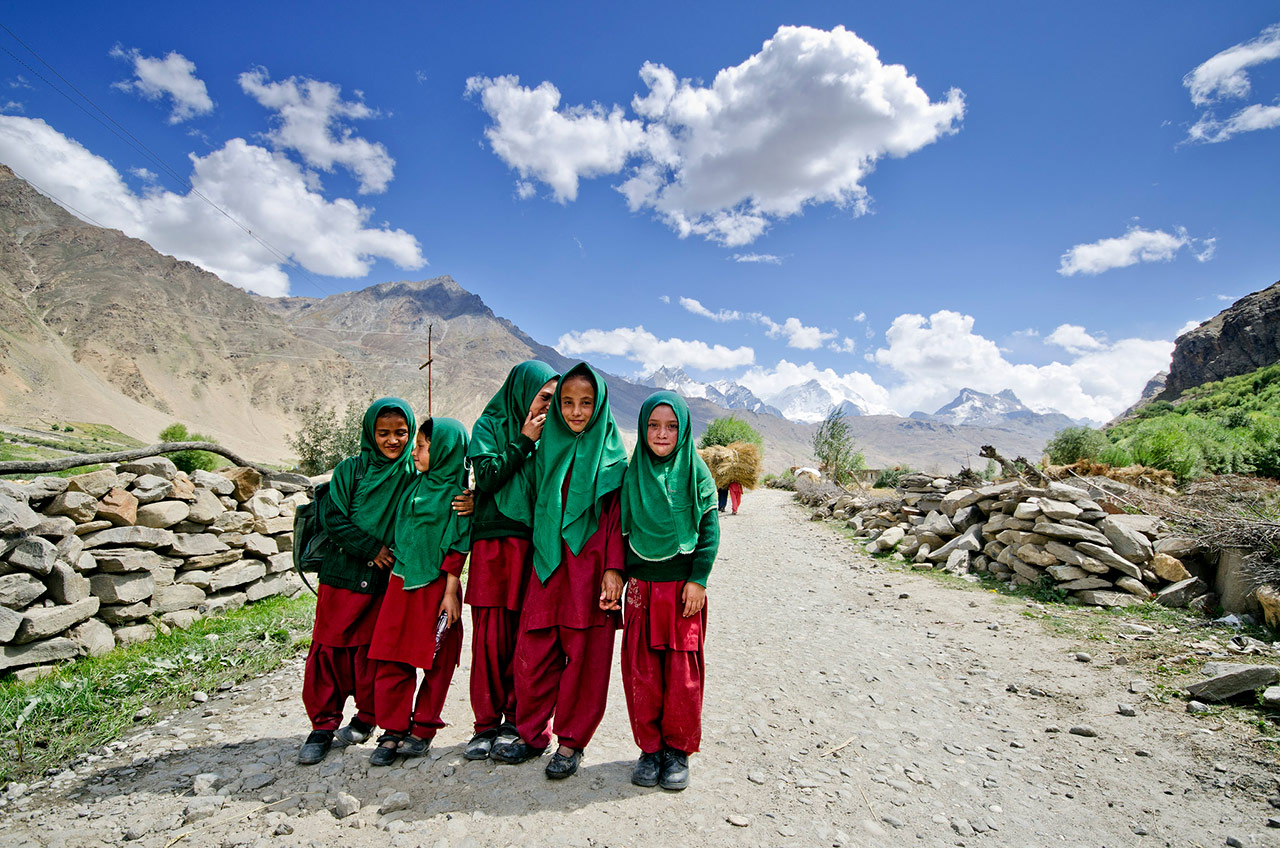
The inhabitants of Kashmir are commonly referred to as Kashmiris who are ethnically linguistic faction. The indigenous populace of Kashmir usually lives in crowds in the areas of Pakistan, Northern Punjab, and Potohar. The influences of the Sanskrit dialect can be noticed in their local speech as you travel to different parts of Kashmir. The culture also seems to be heavily impacted by Central Asian and Persian beliefs. The various aspects of the culture of Kashmir as discussed below form an important part of the Kashmiri ethos. Kashmiri culture is predominantly practiced by the populace who live in the Kashmir and Dodab valleys. Furthermore, the valley is renowned for its fine arts, consisting of customarily indigenous boats/houseboats, handicrafts, and literature.
Traditional Dresses of Jammu & Kashmir
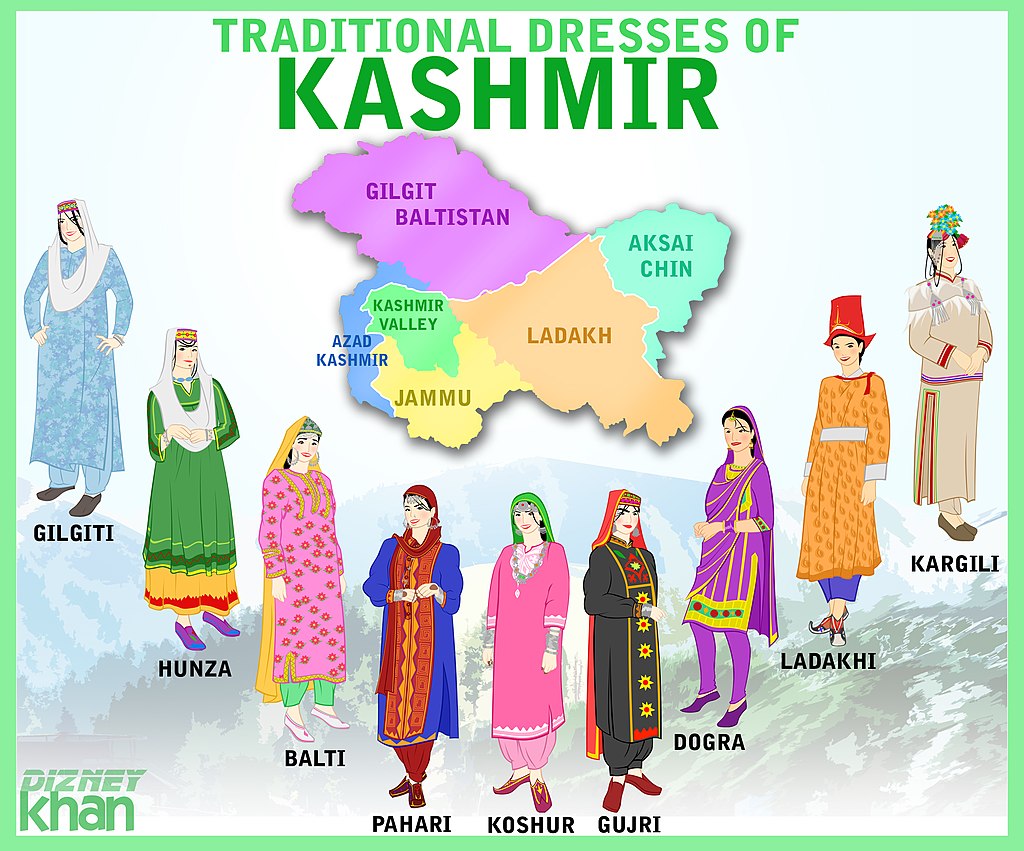
A specialty of Kashmir has to be the vibrant costumes of the region. The women of Kashmir look gorgeous dressed in traditional clothing paired off with exquisite jewelry such as necklaces, armlets, earrings as well as nose rings. Furthermore, they also wear loose salwar kameez to escape the summer heat. On the other hand, men wear kurta pajamas, shalwars, and skullcaps. During the winter, the people look elegant in Pheran which is a long overcoat that is beautifully ornamented with patches and embroidery work. The fabric they wear largely depends on the weather and they ordinarily wear loose gowns. Additionally, men and women also wear skullcaps and headgear respectively. Women generally cover both their shoulders and head out of respect for elders. These traditional dresses of Kashmir truly represent the breathtaking culture of the region.
Dance and Music of Kashmir
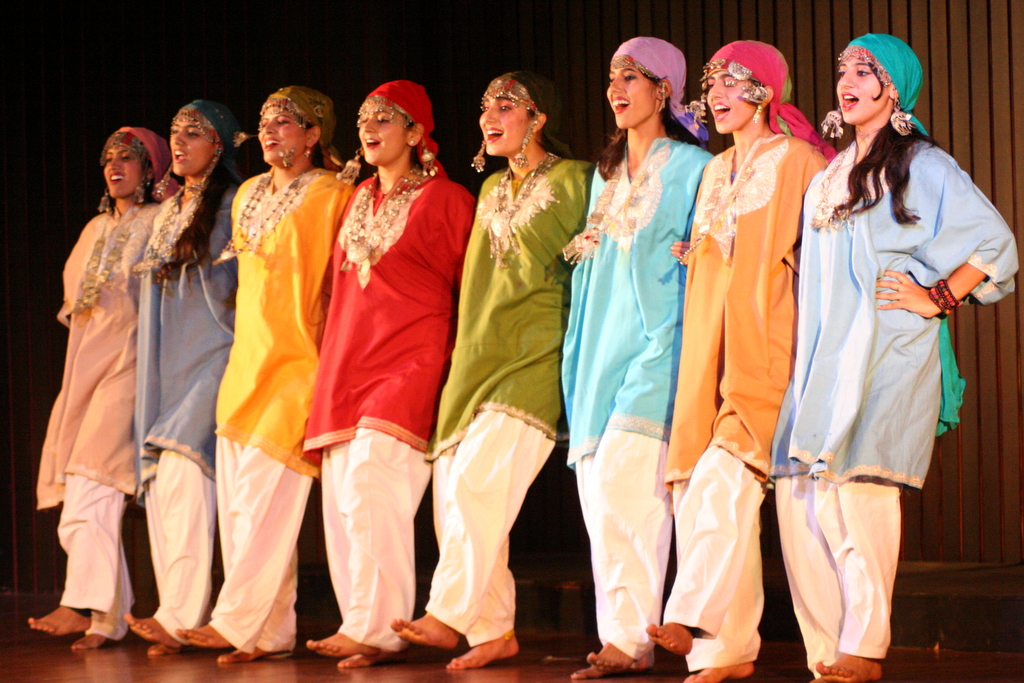
When talking about the dance and harmonies of Kashmir, the words that come to mind are elegant and magnificent. The joyous festivals there are marked by, of course, music and dance which even attracts the tourists to join in on the excitement. Throughout the region of Kashmir, a wide range of dance forms can be witnessed that are executed based upon the occasion that they mark, for instance, a prominent dance form here is the infamous Mask dance that is executed on the occasion of the Hemis Festival, a popular festival of Kashmir. Another allure of these dances is the bright and vibrant attire paired off with truly exquisite jewelry. Some other prominent dances of the place are Chakri, Rouf, Bhand Pather, Hafiza, Kud, and Bacha Nagma. The folk music of Kashmir will force anyone to start tapping their feet, especially to the lively Rabab Music. Apart from that, instrumental music is quite prevalent in Kashmir and therefore common melodies that can be heard are the Sitar, Dumru, and Nagara. Apart from that, the music that accompanies festive occasions such as celebrations, parties, and weddings is mainly Wanwun, Ghazals, Choral as well as Sufi.
Kashmiri Cuisine
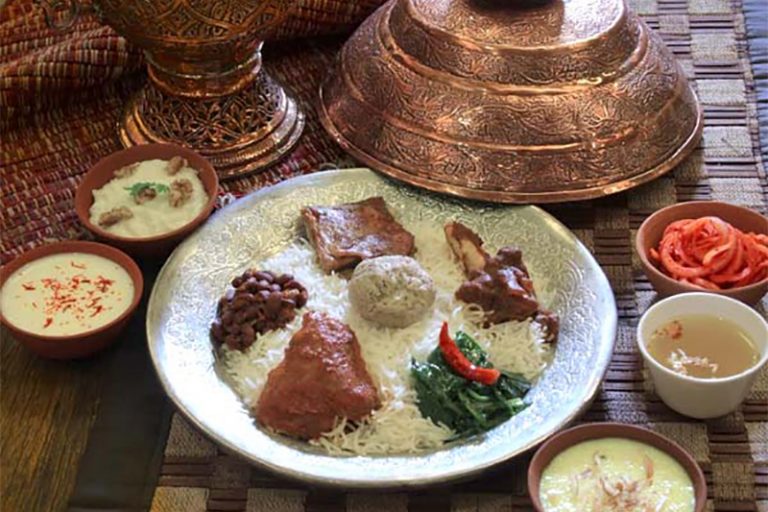
Kashmir offers truly delicious cuisine that includes both vegetarian and non-vegetarian delicacies for this is a place that caters to all and these delicious dishes will leave you wanting more. Some infamous non-vegetarian dishes are the Kashmiri Kebab, Pasanda, Syun Alu, Yakhni, and Methi Keema and therefore it’s every meat-lover’s delight. But vegetarians need not worry because there are myriad dishes available for them, such as Rajmah, Shree Pulao, Ladyar Tsaman, and Nadir Yakhaen. These flavorful dishes are prepared by utilizing fresh vegetables and paneer, to make it all the more delicious. Kashmir is an amazing destination for anyone like me who loves desserts. You absolutely must try out delicacies such as sevaiyaan, phirni, barfi, Kashmiri Aloo Dum and many more that will truly make your day. Kashmiris are known for their hospitality and they greet their guests with some refreshing hot tea and Kahwa. Another dish that is a staple to the household of Kashmir is its very own pulao. Additionally, Hak or Karam is a dish that is a favorite in the region and is specially prepared during cold winter evenings to provide warmth.
Suggested Read – Traditional Kashmiri Food – Soulful Delicacies from Mesmerising Mountains
Festivals of Kashmir
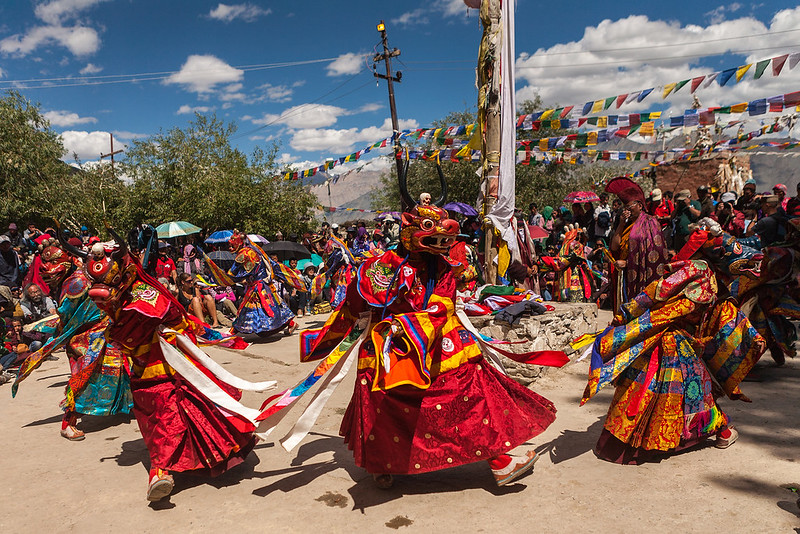
The culturally rich Kashmir is a land of festivals where everyone comes together and celebrates with zeal and enthusiasm. It’s well-known that Jammu and Kashmir possess an exemplary heritage and culture which is beautifully brought out by the festivals of the region. Eid-ul-Fitr, Lohri, Tulip Festival, Holi, Shikara Festival, Hemis festival, Gurez Festival, and Sindu Darshan are few festivals here that are celebrated with the utmost fervor. These festivals customarily mark an auspicious occasion and have their origins in mythology. These festivals are a must to attend because of their joyous nature, everywhere around you, you can observe the native inhabitants dancing, singing, eating delicious cuisine with their family dressed in traditional clothing, and tourists shopping for handicrafts. Furthermore, Bahu Mela, Jhiri Mela, and Craft, and many more are great to encompass the beauty of the local culture.
Arts and Crafts of Kashmir
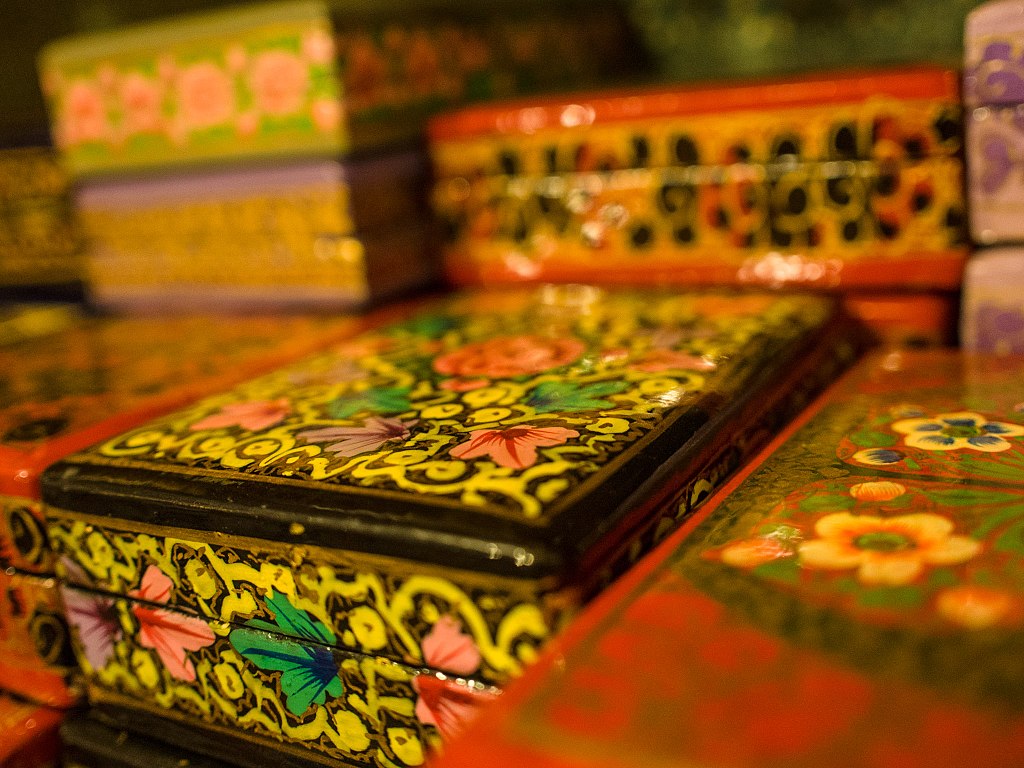
Kashmir is a prominent center for mesmerizing arts and crafts with its handicrafts industry particularly blossoming. Kashmir is practically synonymous with pashmina shawls that are well-known for their texture and amazing quality. They are particularly renowned for their softness and the warmth they provide. These shawls are furthermore a symbol of royalty. Another prominent craft of Kashmir is the hand-knotted rugs as well as wool rugs that possess floral patterns. Additionally, some lovely handicrafts of Kashmir include paper mache, wicker, carved walnut furniture, and silverware. The government of Kashmir has also invested in the arts and crafts of the place for they serve as a major tourist attraction. If one ever visits Kashmir, one simply must buy the intricate handicrafts as a souvenir.
Suggested Read – Kashmiri Handicrafts – Finest Crafts from the People of Paradise on Earth
Architecture of Kashmir
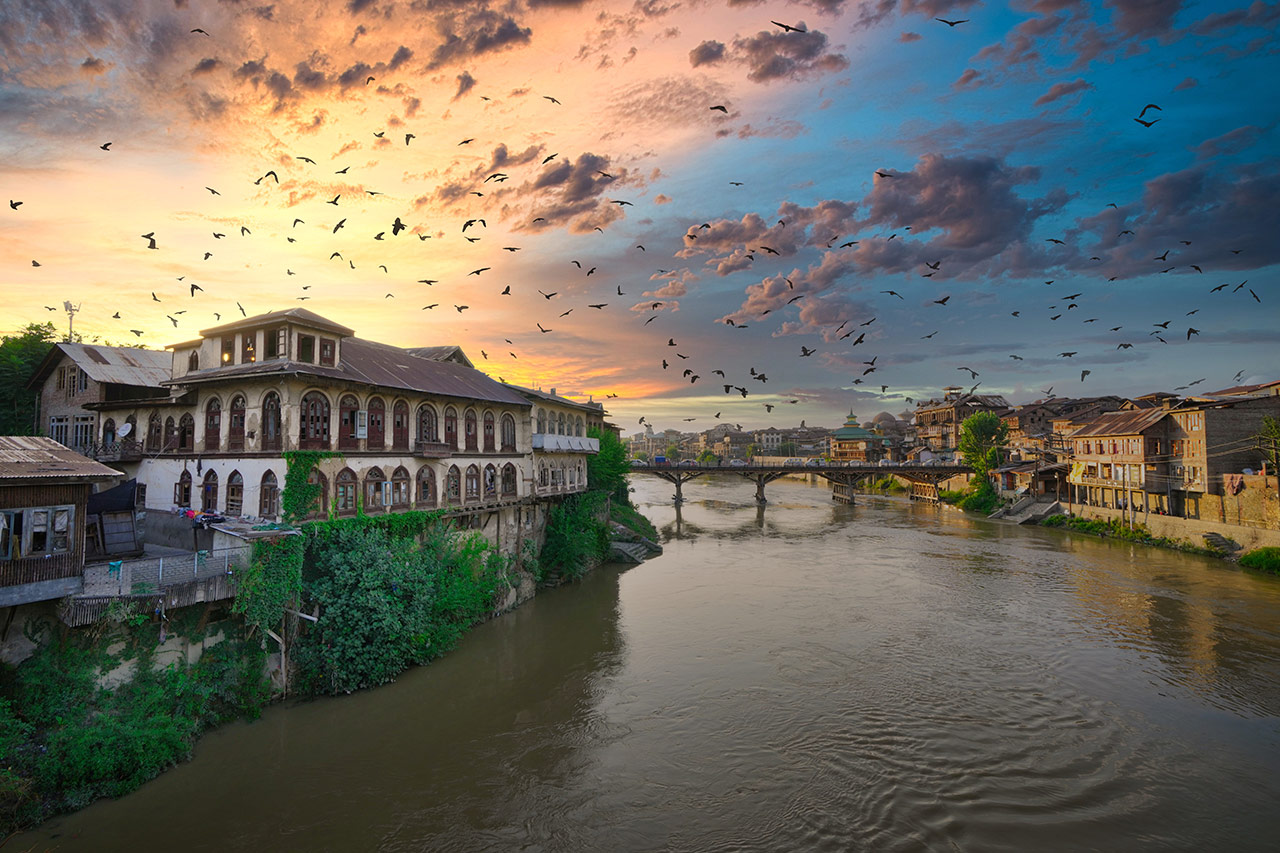
The Jhelum River was the only means of transport initially which resulted in the creation of ghats as a transport landing point and a range of residences with wooden balconies and complex gridwork evolved along the canals and riverfronts.
Because the economy of Kashmir is largely dependent on agriculture and the combined activities, the cities, especially Srinagar, never had the wealth to undertake a significant urban reconstruction. Therefore, the image of the towns of Kashmir remains the same as they were 300 years ago, and the wood constructions with roofing are reminiscent of the medieval European towns that live in culture and customs while maintaining the essence of ancient Kashmir for generations.
The traditional buildings are of two sorts, based on the plan- square plan and linear plan with windows on both sides, as the symmetry is the main principle for earthquake-resistance structures and the arrangement of the function within. Each residence has a Zoon Dub or a roof-top balcony to view the moon (zoon). The balconies and wing panels are designed like jhumkas and have magnificent Pinjera Kari works. The roofs of interiors have khatamband woodwork, faux ceilings with intertwined geometric shapes of Persian arts and consist of walnuts or deodars with apparent carpentry.
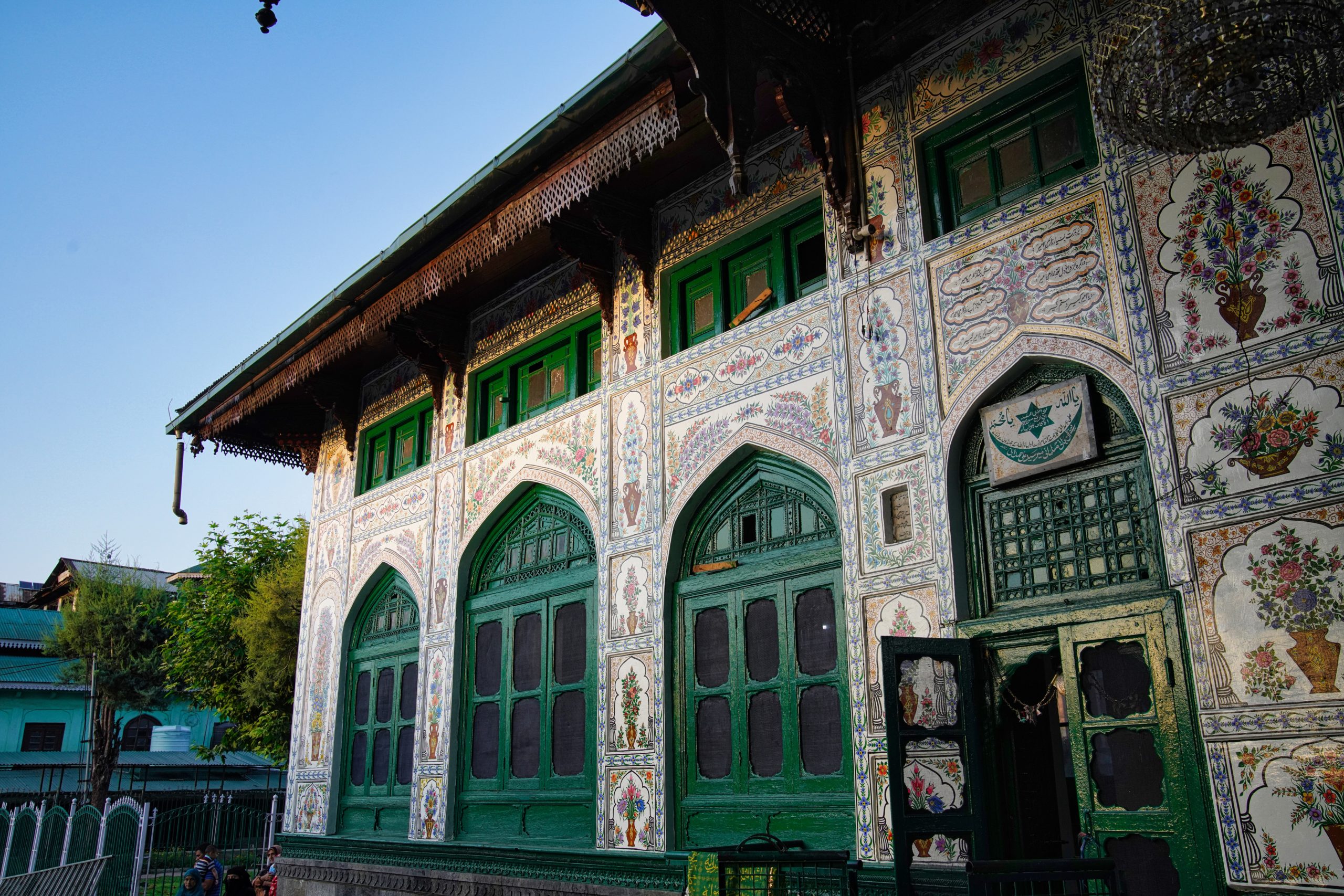
Traditional dwellings in Kashmir are separated into two categories: Taq building and Dhajji Dewari. Dhajji Dewari is made of wooden frames and trusses filled with flat stones and bricks and is carefully packed into gaps of mud or lime mortar with stone flowers in the remaining gaps. Taq is another method of building which in Srinagar is widespread. A Taq building can stand an earthquake and is high on numerous floors. The walls consist of a combination of scrap metal and brick or sun-dried bricks placed in thick mud mortars at regular intervals with load-bearing piers.
As technology has progressed, Kashmir’s lifestyle has also evolved, architecture has also changed. Their dwellings are currently created using advanced technology and cement substitutes for mud and iron for wood. The traditional construction skills are decreasing and non-indigenous cement constructions are being replaced. The traditional shrines, such as the Naqschband Saheb, Dastgir Sahib, etc., are unique examples of vernacular architecture in Kashmir. Most heritage buildings were turned into government offices and other structures were demolished totally, such as the 150 years old Maharaj Gunj dispensary which was classified as a heritage building by the Department of Archives, Archeology and Museum.
Tourism of Kashmir
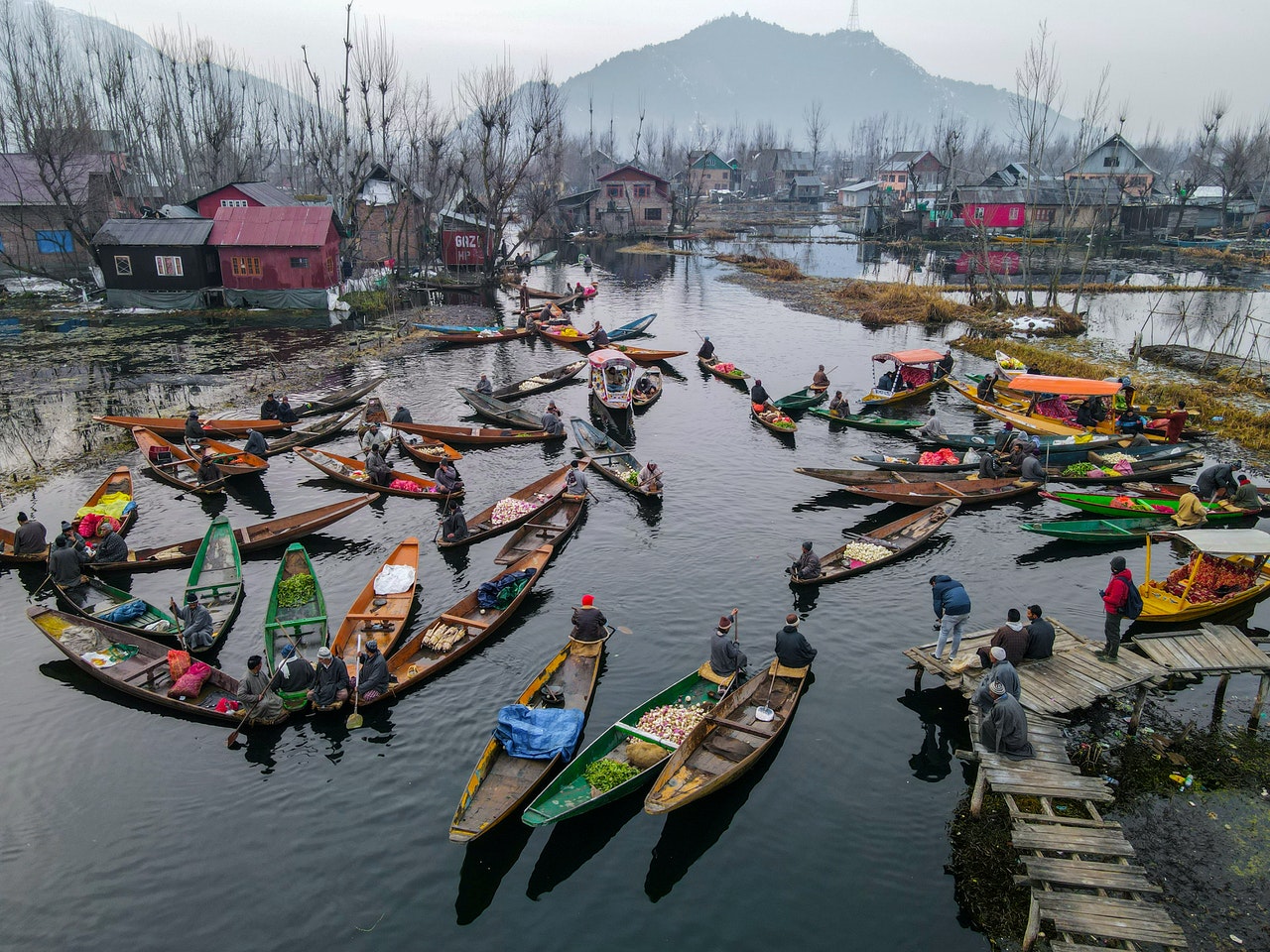
In Jammu and Kashmir, one can never run out of locations to explore. The region is full of scenic views, wonderful flora, magnificent architecture. There are picturesque homestays and eco-friendly resorts to select from. Those with a thrilling mind will find a multiplicity of activities that await them. Finally, the countless religious sanctuaries show tourists the road to calm and tranquillity, if they are spiritually inclined.
The Himalayas are famous for their natural beauty and their gentleness, with their Pir Panjal and Karakoram mountains. The most stunning mountain peaks, glaciers, wonderful monasteries, blue lakes, rivers, woods, green wilderness, and high pine trees are all around Jammu and Kashmir. Amarnath and Vaishno Devi draw a significant number of pilgrims each year since sports like skiing, golfing, trekking, river rafting, paragliding and camping are all about the journey to Jammu and Kashmir. Some of the state’s notable attractions are Dal Lake, Kashmir Valley, Khardung La Pass, Gulmarg, Shalimar Bagh. In their memories, one will always remember the incomparable beauty and attractiveness of the state and the amicability of its people.
Suggested Read – 7 Best Places in Kashmir – Paradise on Earth You Can’t Miss to Visit
Languages of Kashmir
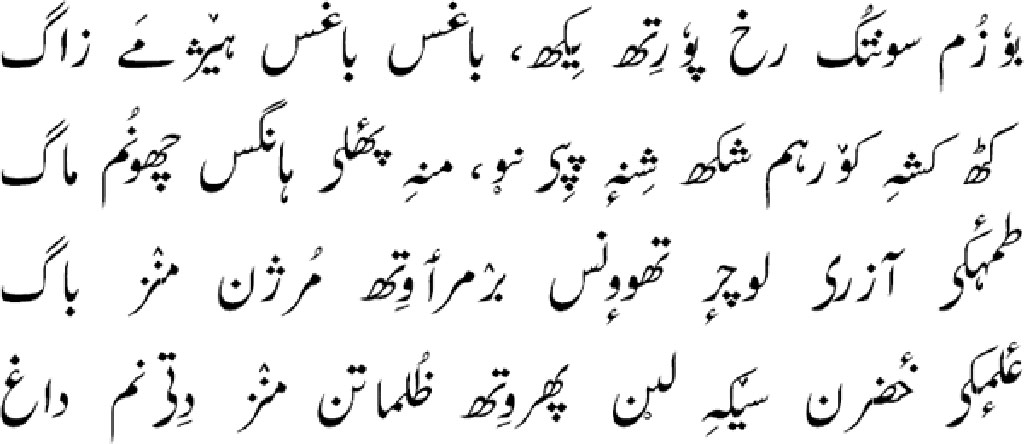
Kashmiri, Dogri, Hindi, English, and Urdu are the official languages of Jammu and Kashmir.
Kashmiri, with about 9 million speakers is the most widely spoken language in all of J&K. The Dardic language is also one of 22 scheduled languages according to the Indian Constitution and is the only Dardic language that has the status of an official language. In the valley of Chenab, it is the most common language. Kashmiri also has a major influence of Persian especially in vocabulary while being among the most conservative Indo-Aryan languages.
Gilgiti, Kohistani Shina, Guresi, Drassi and Broksat belong to the dialects of Shina. In much of Gilgit-Baltistan Khowar is spoken.
The most diverse groups of languages are the Pahari languages spoken throughout the entire J&K region. Pahari is a collective name given by outsiders because speakers of these languages are generally located in largely hilly parts of the country. These languages are locally known by a variety of dialects. Bhaderwahi, Padri, Ponchi, Mirpuri, Parmi or Pahari (Karnah) are several different Pahari languages.
Tibetan languages are languages that belong to the Sino-Tibetan family. J&K speaks many Tibetan languages and falls within the Balti-Ladakhi category or the ancient western Tibetan. Ladakhi or Bhoti or Bodhi, Balti, Purgi and Zangskari are among these.
Dogri has about three million speakers. It is an Indo-Aryan language spoken in the plains of Jammu or in Duggerdesh, in the J&K region. Jammu city has a Dogra majority, the second biggest city in the whole of J&K. Unfortunately, the language has declined considerably despite its official position.
Two languages of the Iranian language family, Pashto and Wakhi (Gilgit-Baltistan), are spoken in J&K.
In scattered areas, Gojri is spoken across J&K. It’s mainly spoken by Bakerwals and Gujjar. Many Gujjars, however, do not all speak Gojri as local languages but identify and embrace the Gojri culture.
The Kashmir valley and Pakistan governed Kashmir speak and understand Urdu. Urdu was acknowledged in 1889 as J&K’s state and official language. For around three centuries, before Urdu, Persian was Kashmir’s official language. The land, revenue, courts and even FIRs in Urdu are recorded on all official records in Kashmir.
Occupations of Kashmir
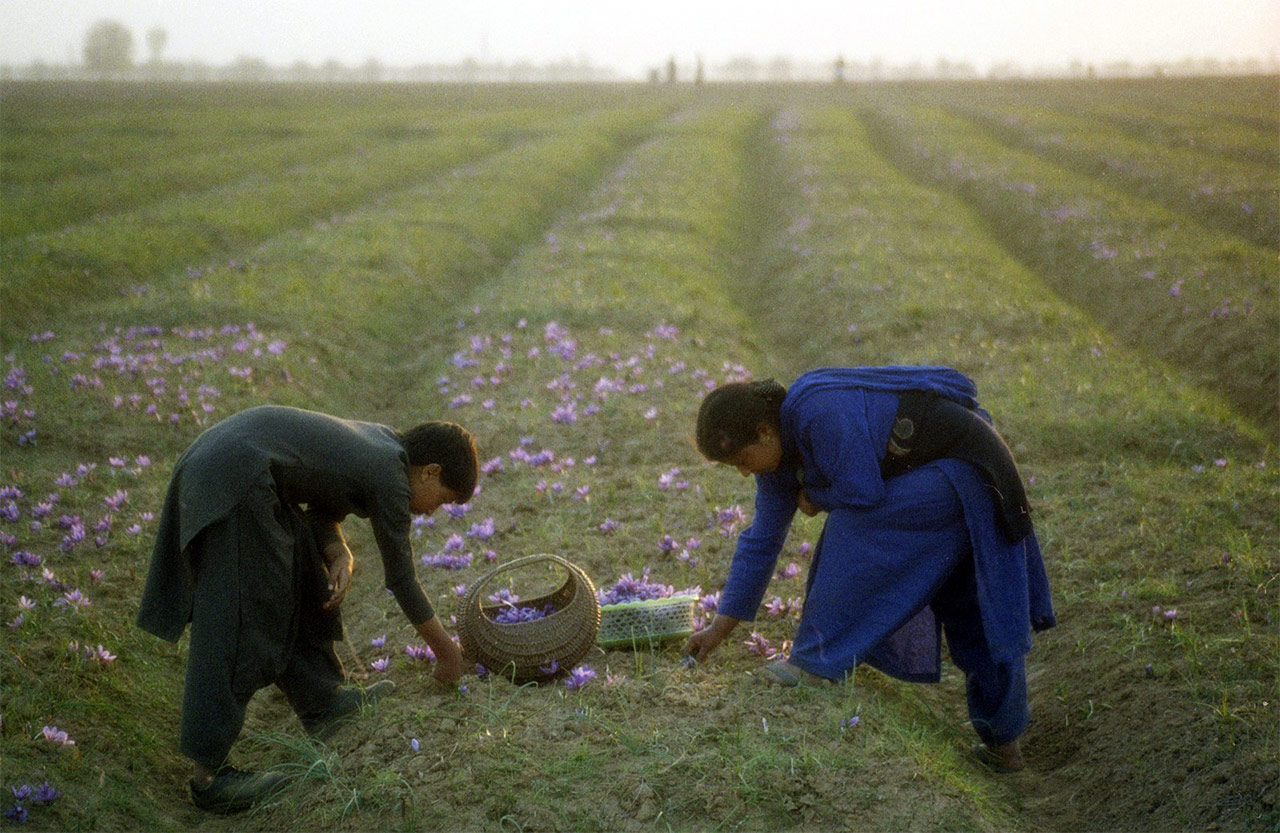
Most of the Jammu and Kashmir people are mostly occupied by agriculture. Jammu and Kashmir also are the country’s largest fruit producers, because its soil is highly fertile and compatible with fruit growing, such as apples, apricots, cherries and nuts, almonds and walnuts. The Kashmir valley is the sole saffron-producing location in the country. Most farmers participate both in sericulture and in supplementary revenues. Many people participate in the tourism sector since there are a lot of stunning tourist locations.
Religions in Kashmir
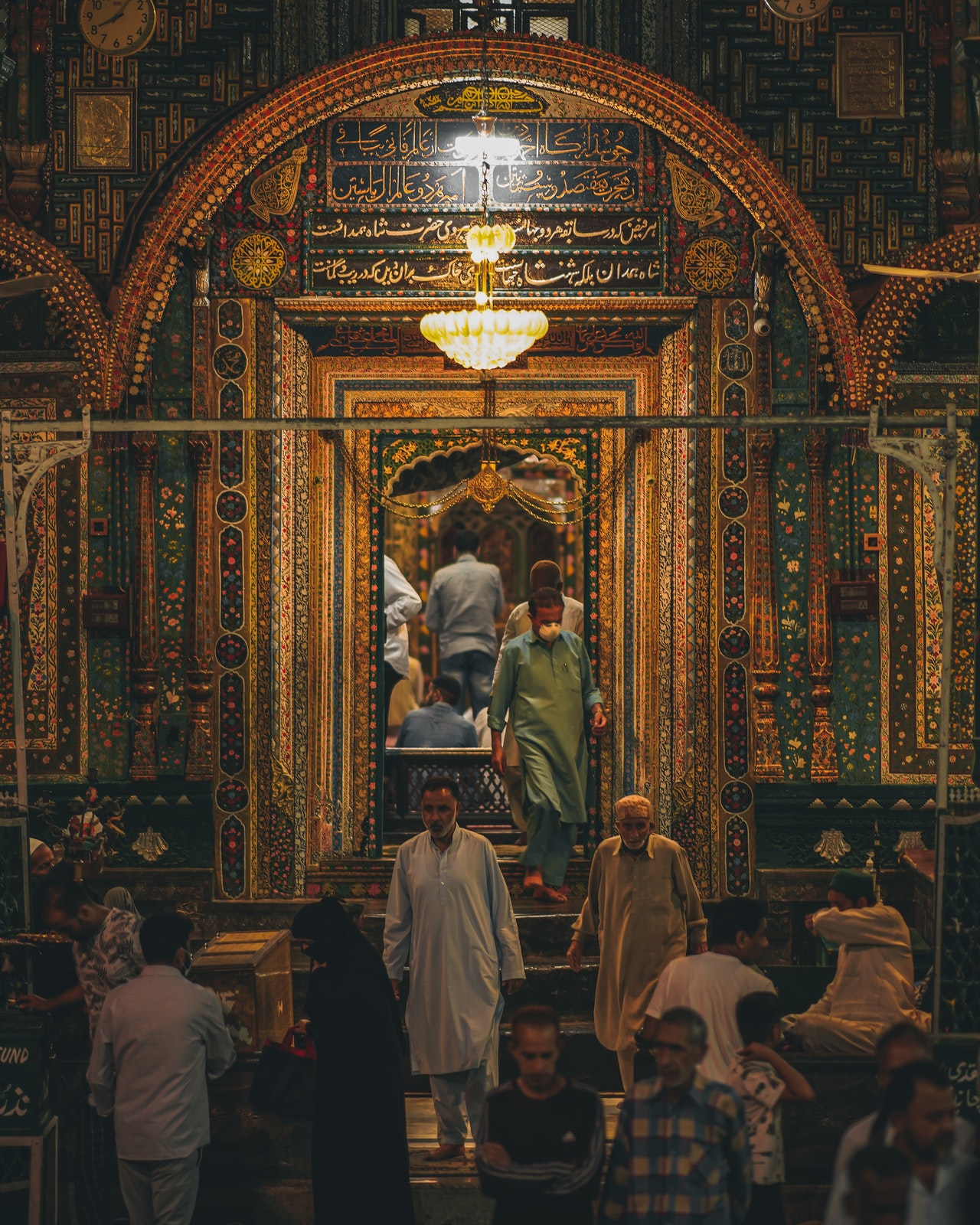
In various sections of Jammu and Kashmir, three main faiths are visibly prevalent. Islam obviously dominates the Kashmir Valley in terms of the entire population and thus the valley is full of Muslim inhabitants. Besides that, Hinduism and Buddhism also form major parts of Kashmir’s religions. Buddhist adherents live in Jammu and Kashmir’s Ladakh district.
The culture of Kashmir deserves true admiration and the traditions of the region as well its various specialties reflect the beautiful culture of Kashmir and we must do our best to preserve it. Don’t forget to comment below about your favorite part of Kashmir!





